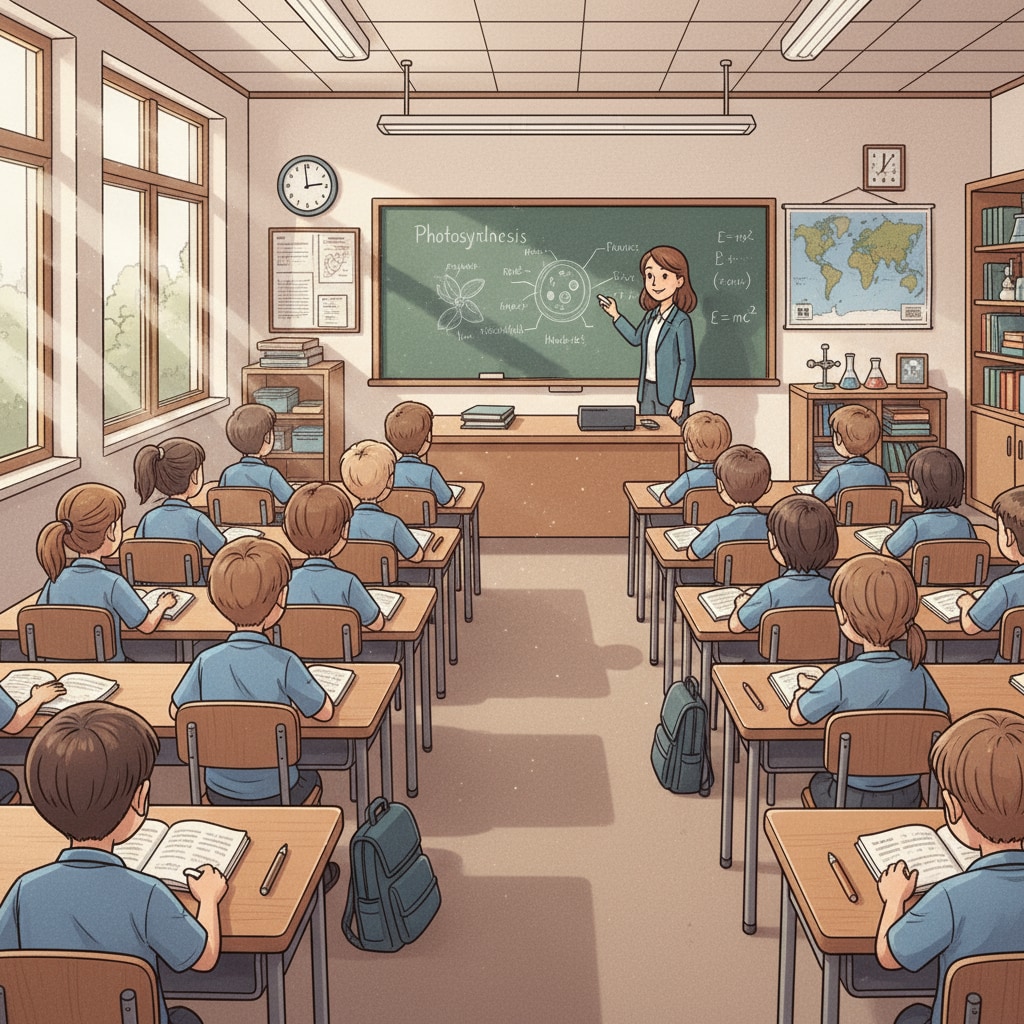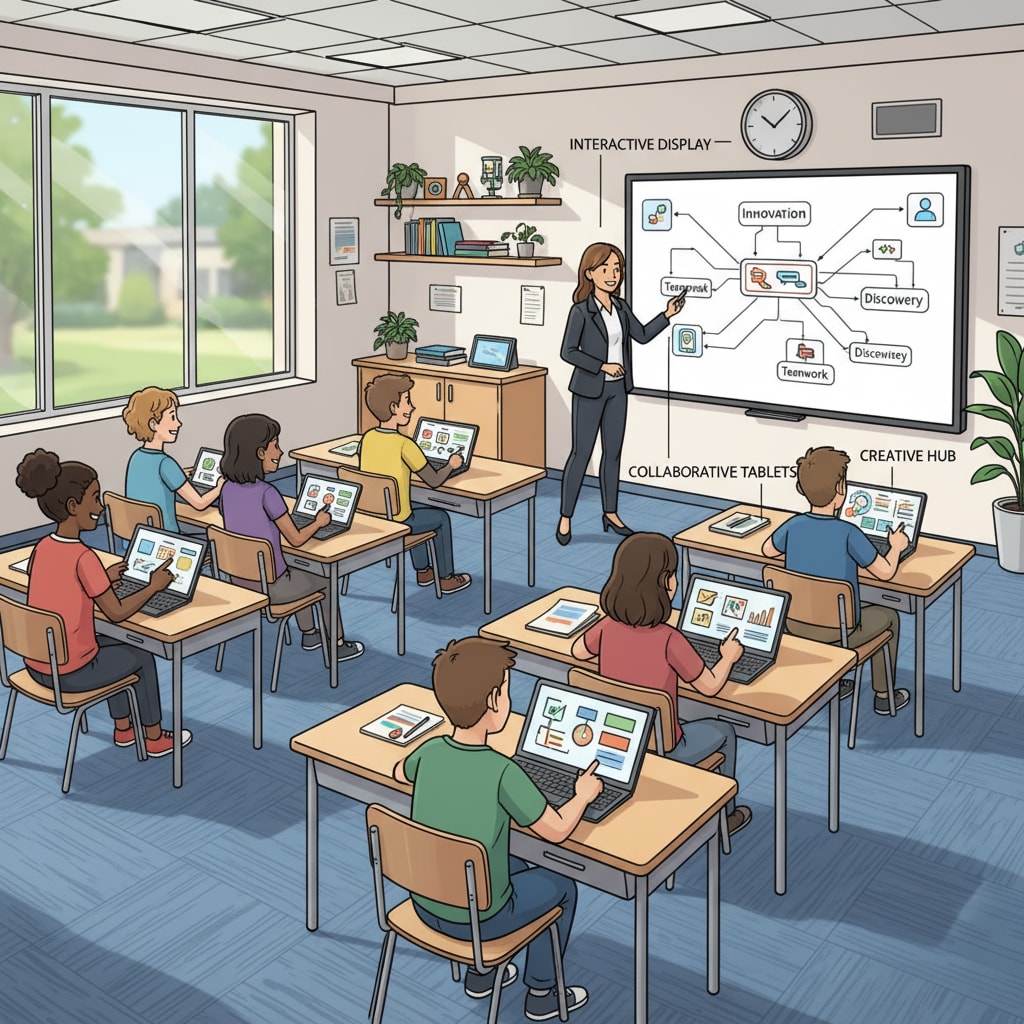Educational innovation, teaching methods, and curriculum design play crucial roles in shaping the future of primary education. In today’s digital age, the traditional primary education system is showing signs of a significant disconnect from modern learning needs. It’s essential to analyze these issues and find solutions to ensure students are well-prepared for the challenges of the future.

The Limitations of Traditional Primary Education
Traditional primary education often follows a one-size-fits-all approach. Teachers stand at the front of the class, delivering lectures, and students are expected to passively absorb information. This method doesn’t encourage critical thinking or creativity. For example, in a math class, students may be taught to memorize formulas rather than understand the underlying concepts and how to apply them in real-life situations. As a result, students may struggle when faced with complex, open-ended problems.
Another limitation is the curriculum. It may not keep pace with the rapid changes in society. Subjects like technology, which is an integral part of modern life, may not be given enough emphasis. According to Wikipedia’s entry on primary education, traditional curricula often focus on traditional academic subjects such as language arts, mathematics, and science, overlooking emerging fields like coding and digital literacy.

The Need for Educational Innovation
Educational innovation is crucial to bridge the gap between traditional education and modern learning needs. This involves introducing new teaching models that engage students actively. For instance, project-based learning allows students to work on real-world projects, applying knowledge from different subjects. This not only enhances their understanding but also develops skills like teamwork, problem-solving, and communication.
In addition, personalized learning is becoming increasingly important. With the help of technology, educators can tailor learning experiences to individual students’ needs. Adaptive learning platforms can identify students’ strengths and weaknesses and provide customized learning paths. As stated in Britannica’s article on education, personalized learning can improve student performance and motivation.
To conclude, addressing the disconnect between traditional primary education and modern learning needs requires a comprehensive approach that includes educational innovation, improved teaching methods, and updated curriculum design. By implementing these changes, we can prepare students to thrive in the digital age and meet the challenges of the future.
Readability guidance: We have used short paragraphs and lists to summarize key points. Each H2 section provides relevant information. The passive语态 has been minimized, and transition words like ‘for example’, ‘in addition’, and ‘as a result’ have been used to enhance the flow of the article.


